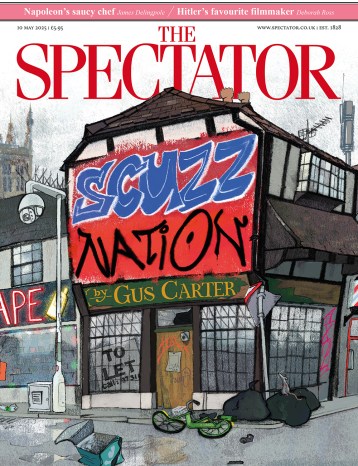Seventeenth-century Roman art at its fullblown, operatic peak often proves too rich for puritanical northern tastes. And no artist was ever more Baroque than Gian Lorenzo Bernini, the supreme maestro of the idiom. But I love his work, which is why, on a spare afternoon in Rome before Christmas, I strolled over to the Borghese Gallery where the largest array of Bernini sculpture ever assembled is currently on view.

Disagree with half of it, enjoy reading all of it
TRY A MONTH FREE
Our magazine articles are for subscribers only. Try a month of Britain’s best writing, absolutely free.
Already a subscriber? Log in






Comments
Join the debate, free for a month
Be part of the conversation with other Spectator readers by getting your first month free.
UNLOCK ACCESS Try a month freeAlready a subscriber? Log in